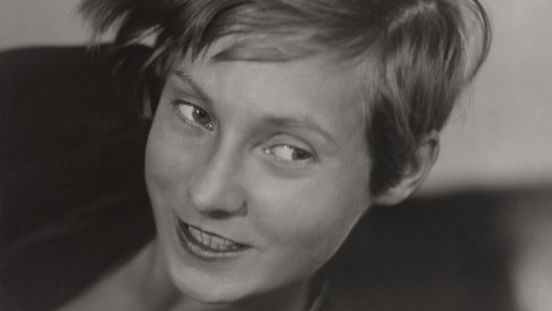Combi-phot.: Marta Astfalck-Vietz and Heinz Hajek-Halke, Marta Astfalck-Vietz, c. 1927
Marta Astfalck-Vietz (1901–1994) met the photographer Heinz Hajek-Halke (1898–1983) while she was still studying at the School of Decorative Arts in Berlin, before she went on to train as a photographer at the studio run by Lutz Kloss (on Unter den Linden). Their creative partnership continued for many years, with each influencing the other’s work in significant ways. They experimented together with sophisticated new imaging processes and ultimately developed what Heinz Hajek-Halke called the “combi-phot process”, creating new effects with the aid of a complex procedure involving multiple exposure, a sandwich technique (superimposed negatives), chemical delamination and transfer from one glass negative to another. The results were innovative interpretations of psychological themes and socio-political conditions in the 1920s. Loneliness, violence and alcoholism, for example, featured in surreal set pieces and also in the smoky portrait of a woman drowning her sorrows in alcohol (c. 1927) and in “Suicide in Spirit” (c. 1927).

